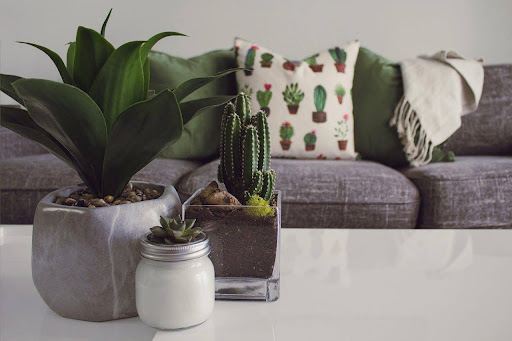Our homes in the 21st century have become more than mere physical structures, they are now regarded as sanctuaries for wellness and heritage. They serve not only as places where we live but also reflect on our pasts or reconnect with ourselves; hence it is important to take care of them.
This realization comes from the fact that people’s mental health are greatly influenced by their living environments thus here are six useful hints on how you can convert your house into such a sanctuary.
Adopt Sustainable Living Methods
Sustainable living is not just another fad but an approach towards life that embraces both health and history.
You can achieve this by following eco-friendly design principles when building or renovating your home, reusing materials where possible and reducing energy consumption in general.
Apart from being good for the earth, these practices will help create balance within your living space which is essential for overall well-being. It should be noted that sustainable sanctuaries must be capable of standing the test of time while remaining relevant throughout different eras so always think about future generations.
Personalize with Heritage Items
Incorporating items that reflect your cultural background or family history, such as family heirlooms, antiques, or handmade crafts, adds a layer of personal significance to your home. These items serve as concrete connections to the past, grounding your home in a sense of continuity and identity.
For example, Decorative Buffalo Skulls can add a distinctive touch that celebrates heritage while contributing to the aesthetic of your sanctuary.
Optimize Sunlight and Ventilation
Using natural light to its maximum potential is crucial for making a healthy and cheerful home. This may involve window placement, sheer curtains for diffusing light, as well as ventilation strategies such as air purification systems or opening windows regularly to let in fresh air.
Together, these features help create an open-plan living area that feels light-filled and energizing; qualities necessary for any sanctuary.
Tune into Spiritual Talk Shows
Another way to make your residence feel more like a sanctuary is by attending to spiritual needs. Listening to a spiritual wellness talk radio show while going about daily tasks can provide a soothing backdrop.
These shows impart serenity and contentment through new insights or shared experiences of inner peace. This audio component should complement the physical and visual aspects of your sanctuary, creating a holistic environment that supports all aspects of your health.
Include Spaces for Wellbeing
Appointing places in the house for reflection, yoga or personal training can greatly improve your psychological and physical health. Such spaces do not have to be complex; a silent corner or empty room might work as an ideal sanctuary for mindfulness practices.
By incorporating wellness into the design of your home, you foster a habit that makes self-care part of your everyday routine.
Nurture Houseplants
One way of getting close to nature and purifying the air at the same time is by bringing potted plants indoors. Indoor greenery does more than just make a space look good; it has been shown to reduce stress levels, lift moods and clean up our breathing environment as well.
Consider maintenance needs as well as the advantages offered when choosing which plants would best contribute toward the positive atmosphere inside your home. This principle is called biophilic design, which reinforces connections between nature, wellbeing and our environment.












